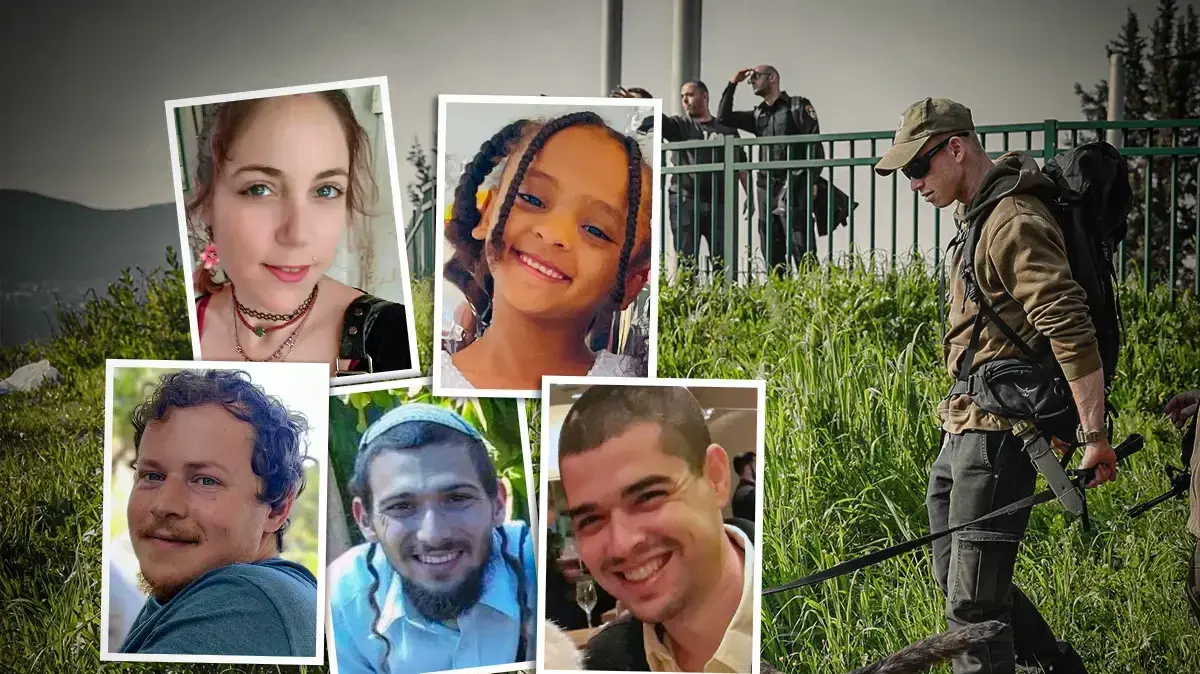Enlarge image
Skull found in Megiddo in today's Israel: The bones are more than 3000 years old
Photo: Melissa / Kalisher et al.
The remains of the brothers lay under the floor of a house in what is now Israel, where apparently influential people lived during the Bronze Age.
When archaeologists examined the 3,000-year-old skeletons, they discovered unusual bone fragments that fit perfectly into the older brother's skull.
An indication for the researchers: The man had had a brain operation shortly before his death and had survived the operation at least for a short time.
Such an intervention, known in technical jargon as a trepanation, is not all that unusual.
Archaeological finds show: Thousands of years ago, our ancestors performed surgical interventions and opened skullcaps.
Surprisingly often the patients survived.
The intervention could have been the last rescue attempt
The current find, which researchers report on in the journal Plos One, is considered one of the oldest evidence of such an intervention in the Middle East.
Traces on the older brother's skull show that the surgeons cut through the scalp with a sharp instrument.
Then they cut four lines in the frontal bone that crossed each other, creating a hole about three centimeters wide.
It is unclear what the hole was intended for.
Archaeologists suspect that people drilled holes in skulls thousands of years ago, for example to relieve pressure in the brain, cure headaches or treat epilepsy.
Did the brothers have leprosy?
Grooves on the bones of the two brothers indicate that they were not doing particularly well when they were alive and that they were apparently plagued by chronic infections, and they may even have suffered from leprosy.
Despite their poor health, the brothers survived for a surprisingly long time.
The older one died between the ages of 20 and 40, shortly after the operation on his skull.
The intervention could have been the last attempt to save him.
For the research team, the operation is an indication that the deceased may have been influential people.
This is also supported by the ceramic vessels and food found in the grave.
"The older individual appeared to be privileged enough to be able to survive an infection for a long time and also had cranial surgery," says study author Rachel Kalisher of Brown University in Rhode Island, USA.
This is an indication of his high position.
DNA analysis revealed that the deceased were closely related, probably brothers.
The younger brother was in his teens or early 20s when he died.
The tomb of the two was found in the ancient city of Megiddo.
The settlement was on a lucrative trade route connecting Egypt, Syria, Mesopotamia and Anatolia.
Trade brought wealth to the city.
Temples, fortifications and representative houses were built.
Archaeologists are certain that the brothers were not lepers.
"The brothers were buried according to the same rites that were customary at the time," write the research team in the study.
They remained part of society even after their death and had people around them who took care of them while they were alive.
koe








